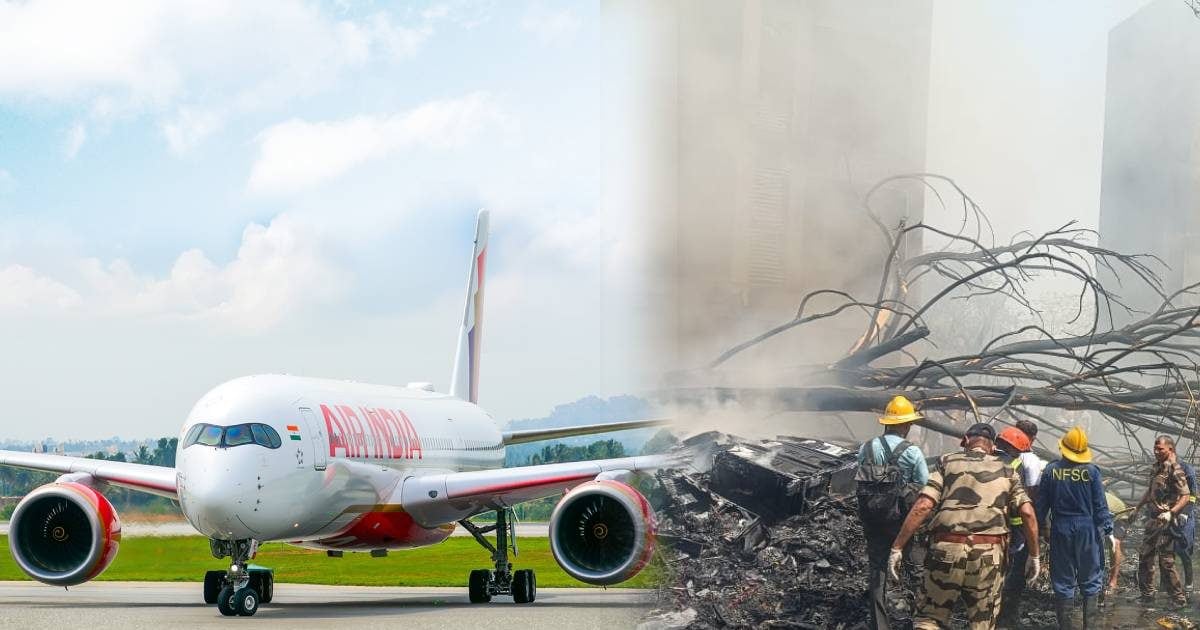Can AI 171 plane crash be postponed?
At the same time, sources have to say that the plane was during the takeoff and its nose was upwards. Since the Plane could not reach a minimum safe height of 3600 feet, the plane could not be brought back safely with the help of RAM Air Turbine (RAT).
According to sources, the debris of Boeing 787 Dreamliner has not yet received any mistake of any mistake in the cockpit. It seems that the pilots had tried their best to get manual control. This is not the fault of the cockpit. After the power failed, the plane started losing the height and could not reach the safe height.
The Boeing 787 has a manual reversal control system, which controls the pilots on an important system in the event of hydraulic failure. The system generates electricity from RAM air turbine (RAT), but the plane did not have such a height to safely get down or do something pilot. The plane fell directly on a medical hostel building, causing his tail to collide and separated.
The most important part of the investigation is the analysis of the technical record of the last 24 to 48 hours of the plane. From this, it will be ascertained whether there was any technical fault in the plane, which has been mentioned by previous pilots or maintenance employees. This plane came from Paris to Delhi and then from Delhi to Ahmedabad. It took a flight from Delhi to Paris on 11-12 June.
A day before that, it returned to Delhi after completing the flight of Tokyo. We will check the technical records whether previous pilots or engineering team had made any comments about the performance of both engines or ECAM (Electronic Centralized Aircraft Monitor) messages that reflect problems related to the thrust (emphasis) during the flight.



